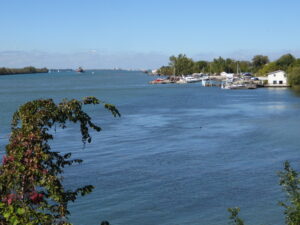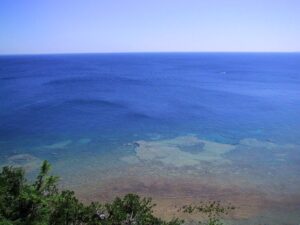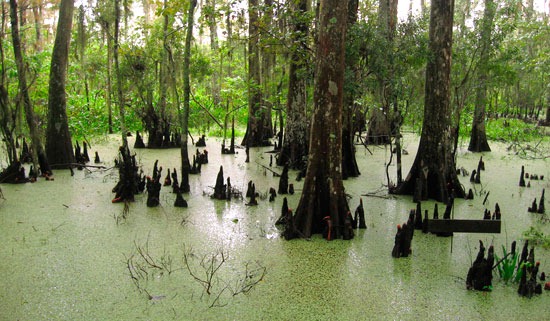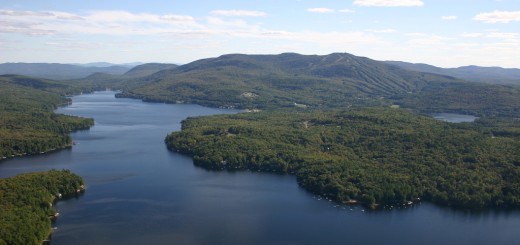Research Brief: Implications of Updated Phosphorous Loads from Lake Huron and the Detroit River
0Research centering on phosphorous loading in Lake Erie has grown in frequency as nutrient loading in the lake and its surrounding tributaries becomes inextricably tied to environmental stressors. Nutrient pollution is tied to declines in dissolved oxygen, hypoxia, harmful algal blooms, and other conditions that influence system health. For Lake Erie, the influence of Lake Huron, the Detroit River, and other tributaries all shape loading conditions in the basin.
Knowing that high nutrient loads lead to these events, the binational Great Lakes Water Quality Agreement recently revised Lake Erie’s phosphorus loading targets. The main goal that changed was a 40% reduction of total phosphorus load in the western and central basin from 2008 levels.
A 2023 article published in the Journal of Great Lakes Research looks at the updated phosphorous loads from Lake Huron and the Detroit River to assess how (if at all) the target reductions might change. The author chose to highlight the two water sources specifically due to underestimations in the past and the significant influence of this river and lake.

Detroit River, Amherstburg, Ontario (Credit: Ken Lund via Flickr CC BY-SA)
Influence of Nutrient Loading on Lake Erie
The Detroit and Maumee River loads are roughly equal and contribute almost 90% of the total phosphorous load to the western basin and 54% to the whole lake.1 Because the contributions are so high, accurately reporting and considering the influence of the Detroit River can inform management strategies.
While the role of river tributaries is studied often, the article states, “Complex flows near the Detroit River mouth, along with varying Lake Erie water levels and corresponding back flows, make measurements there a questionable representation of loading conditions.”1
Compared to the Detroit River, which managers thoroughly consider, Lake Huron is famously underestimated. This inaccuracy then influences Detroit River data as loads are generally estimated by adding loads from Lake Huron to those from the watersheds of the St. Clair and Detroit rivers and Lake St. Clair.

Lake Huron, photo taken facing east from Mackinac Island. (Credit: H.G. Judd via Wikimedia Commons CC BY-SA 3.0).
Results
Overall, failure to consider flow complexity, resuspension, and other variables has resulted in lower estimates. A closer examination of Lake Erie tributaries reveals that phosphorous loading has likely been underestimated, meaning that the 40% target reduction is not possible under current approaches.
Without an appropriate understanding of how tributaries contribute to phosphorous loads, managers cannot reasonably create strategies that combat nutrient pollution. The study concludes calling for agencies to invest more resources across the Lake Erie system in order to meet the target objective, considering updated data from Lake Huron and the Detroit River.
Source
- Scavia, D. (2023). Updated phosphorus loads from Lake Huron and the Detroit River: Implications. Journal of Great Lakes Research. Volume 49, Issue 2, Pages 422-428. ISSN 0380-1330. https://doi.org/10.1016/j.jglr.2023.01.008.













